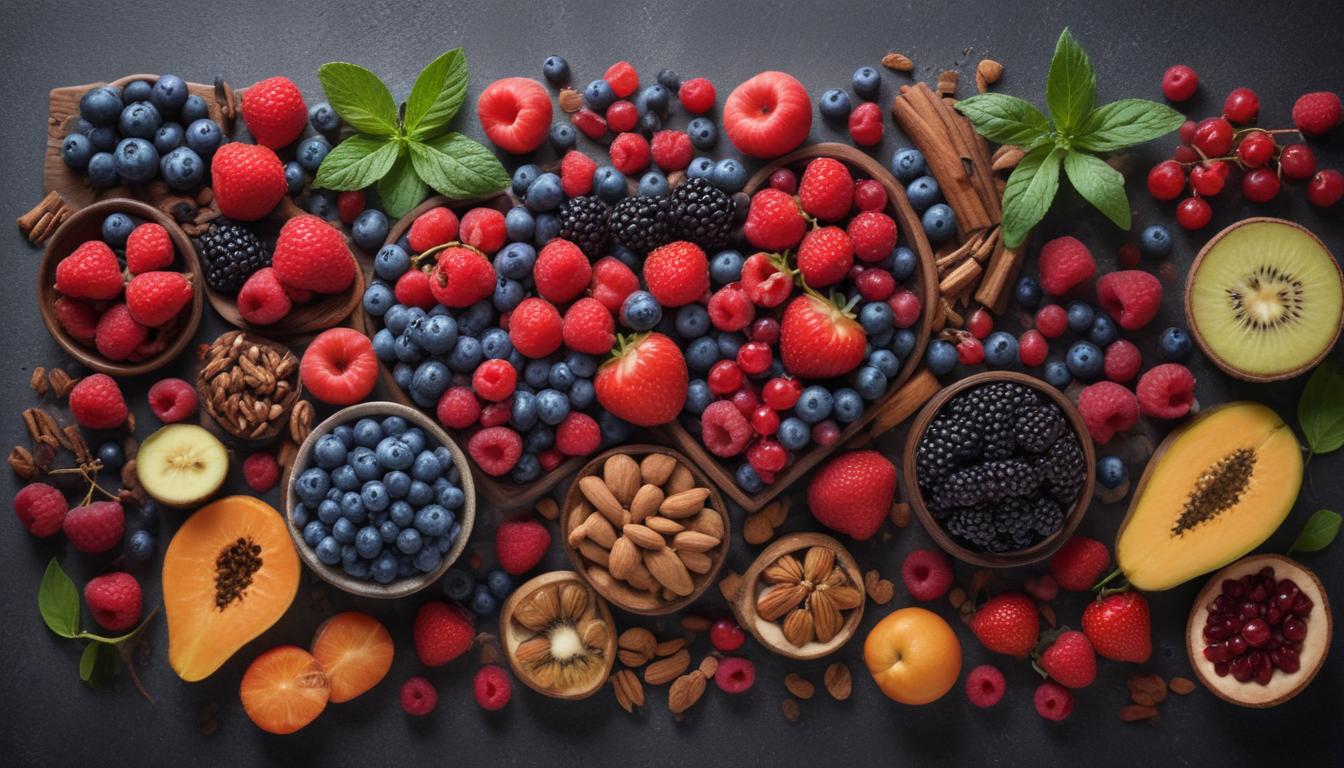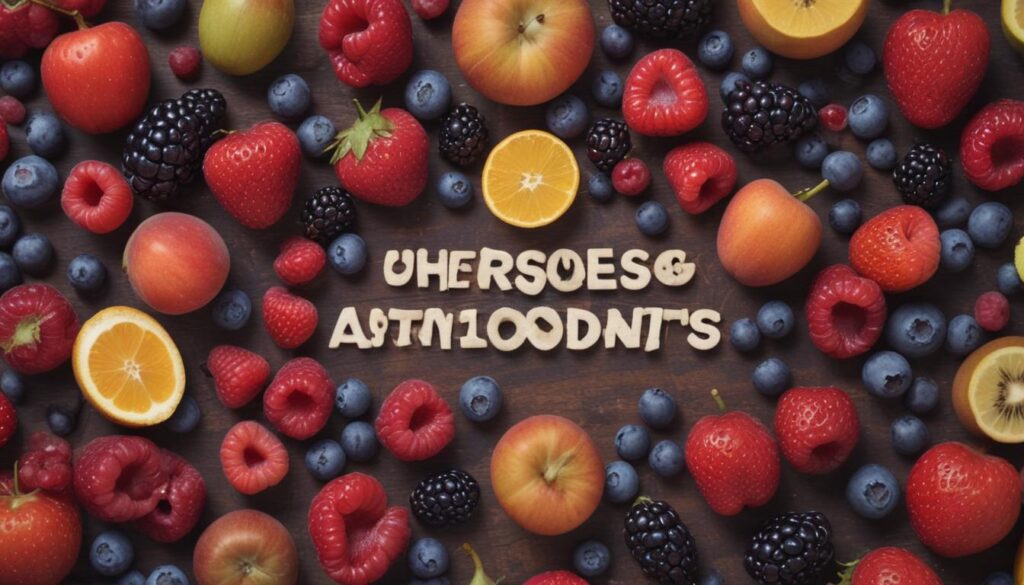Now Reading: Antioxidants Your Best Defense Against Disease
- 01
Antioxidants Your Best Defense Against Disease
Antioxidants Your Best Defense Against Disease

Harness the Power of Antioxidants for Disease Prevention
Are you constantly hearing about the benefits of “superfoods” and “antioxidants” but feel unsure of what they actually do? It’s easy to feel overwhelmed by health advice, especially when you’re trying to make the best choices to protect yourself and your family from future illness. You might worry if your diet is doing enough to keep you healthy long-term. The good news is that understanding one key concept can empower you to take control of your health in a simple, effective way. That concept is the protective power of antioxidants.
This guide will demystify the science behind antioxidants in plain, simple language. We will explore how these powerful compounds act as your body’s personal defense system, neutralizing harmful molecules before they can cause damage. More importantly, we’ll provide you with a practical roadmap to easily incorporate more of these disease-fighting nutrients into your daily meals, helping you build a stronger, more resilient body from the inside out.
Understanding Oxidative Stress and Free Radicals
Before we can appreciate the role of antioxidants, we must first understand what they are fighting against. Throughout your day, your body is exposed to unstable molecules called free radicals. These can be generated from normal bodily processes like converting food into energy, or from external sources like pollution, UV radiation from the sun, and cigarette smoke. Think of free radicals as tiny, disruptive thieves that are missing an electron. To make themselves stable, they aggressively steal electrons from healthy, stable molecules in your cells, including your DNA, proteins, and cell membranes.
When a healthy molecule loses its electron, it becomes a free radical itself, starting a destructive chain reaction. When the number of free radicals overwhelms your body’s ability to neutralize them, a state of imbalance known as oxidative stress occurs. This chronic state of cellular damage is not just a minor issue; scientists have linked prolonged oxidative stress to premature aging and the development of numerous chronic conditions, including heart disease, diabetes, and certain types of cancer. It is the underlying damage that paves the way for disease.

How Antioxidants Work as Your Body’s Defense Team
This is where antioxidants enter the picture as the heroes of the story. Antioxidants are stable molecules that can generously donate an electron to a free radical without becoming unstable themselves. By providing this missing piece, they effectively neutralize the free radical, stopping its destructive rampage and breaking the chain reaction of cellular damage. They act as your body’s internal security force, patrolling for threats and disarming them before they can harm your vital cells.
Your body produces some of its own antioxidants, like the powerhouse glutathione, to manage a baseline level of free radicals. However, the modern world exposes us to a much higher load of environmental toxins and stressors than our bodies were designed to handle. This means we cannot rely solely on our internal production. The most potent and diverse sources of antioxidants come from the food we eat, particularly from a vibrant array of plant-based foods. A diet rich in these nutrients continuously replenishes your body’s defenses, ensuring you have a strong army ready to combat oxidative stress.
Top Antioxidant Rich Foods for Your Diet
Building an antioxidant-rich diet is simpler and more delicious than you might think. The key is to “eat the rainbow,” as the different colors in fruits and vegetables often signify the presence of different types of powerful antioxidants. Focusing on whole foods is far more effective than relying on supplements, as the compounds in food work together synergistically to provide a broader spectrum of protection.
Vitamins with Potent Antioxidant Power
Some of the most well-known antioxidants are vitamins. Vitamin C, found abundantly in citrus fruits, strawberries, bell peppers, and broccoli, is a water-soluble antioxidant that circulates through your body, neutralizing free radicals and helping to regenerate other antioxidants, like Vitamin E. It is also crucial for a healthy immune system and collagen production for vibrant skin.
Vitamin E is a fat-soluble antioxidant that specializes in protecting the fatty membranes of your cells from damage. You can find it in nuts like almonds, seeds such as sunflower seeds, and green leafy vegetables like spinach. Another key player is beta-carotene, the compound that gives carrots, sweet potatoes, and mangoes their bright orange hue. Your body converts beta-carotene into Vitamin A, an essential antioxidant for vision health, immune function, and cell growth.
Beyond Vitamins Flavonoids and Polyphenols
The world of antioxidants extends far beyond basic vitamins. Plants produce thousands of different compounds called phytochemicals to protect themselves from harm, and we reap the benefits when we eat them. Flavonoids are a massive group of these compounds, celebrated for their health-promoting properties. You can find them in foods like blueberries, dark chocolate, green tea, and onions. These compounds are particularly noted for their role in supporting heart health and cognitive function.
Other powerful polyphenols include resveratrol, famously found in the skin of red grapes and in red wine, which has been linked to longevity and cardiovascular protection. Another is lycopene, the brilliant red pigment in tomatoes, watermelon, and pink grapefruit, which is a potent antioxidant known for its ability to protect against certain types of cancer, particularly prostate cancer. By incorporating a wide variety of these foods, you provide your body with a complex and powerful toolkit to fight off cellular damage.




































